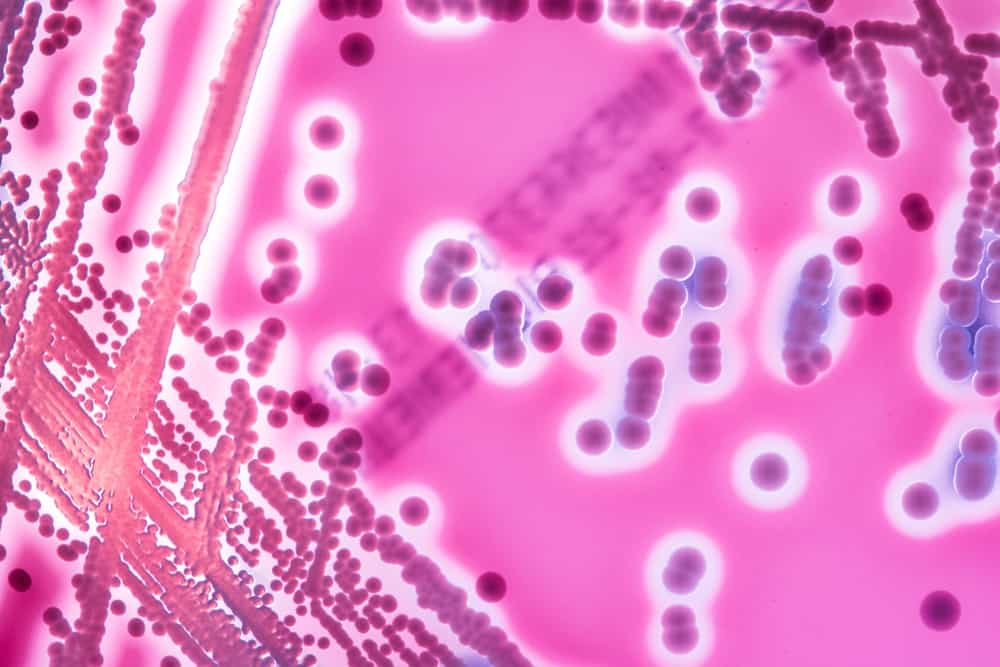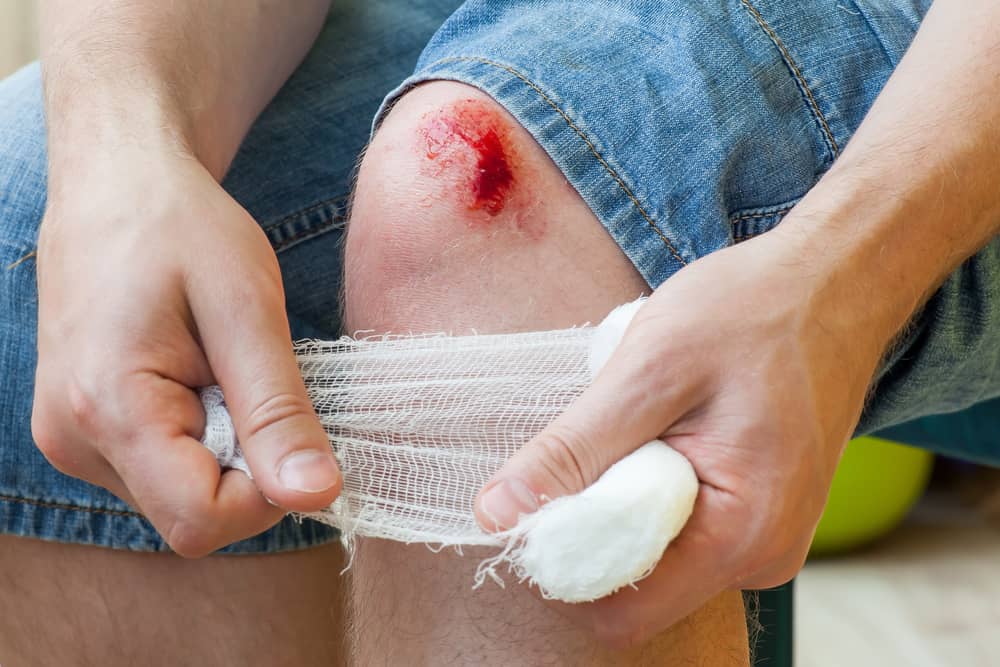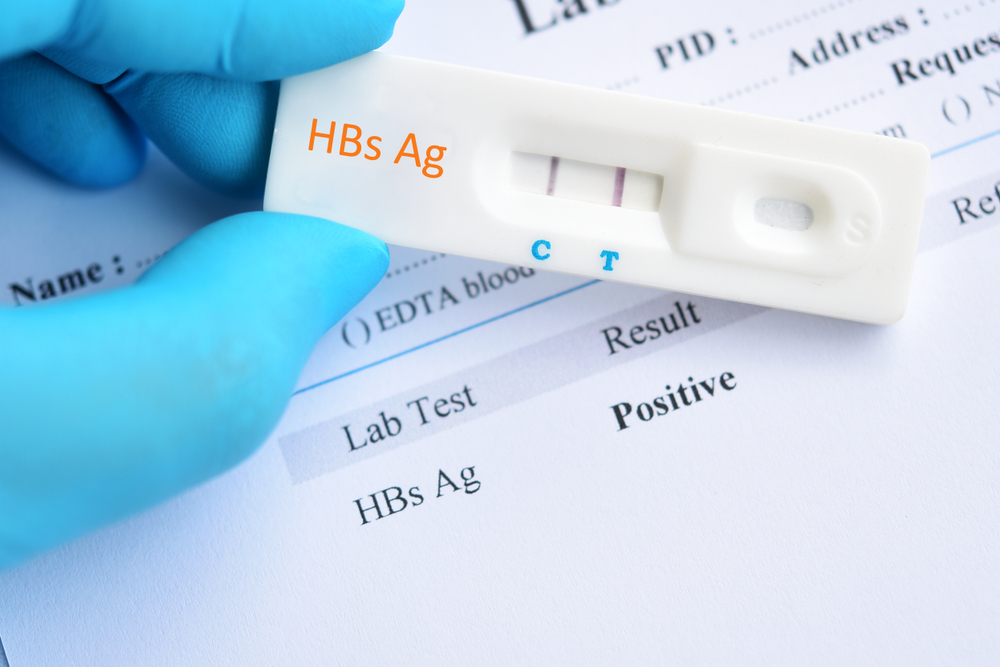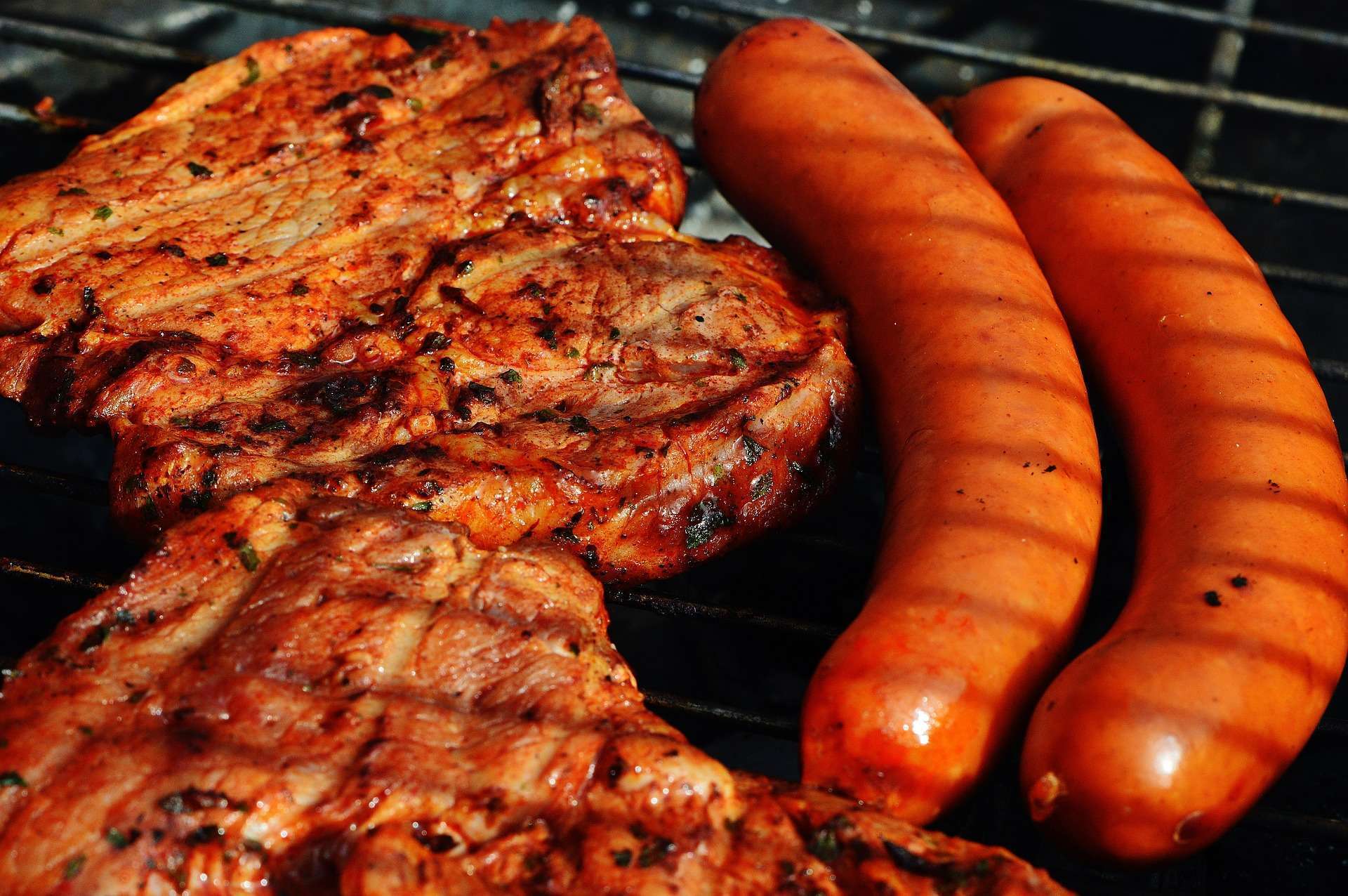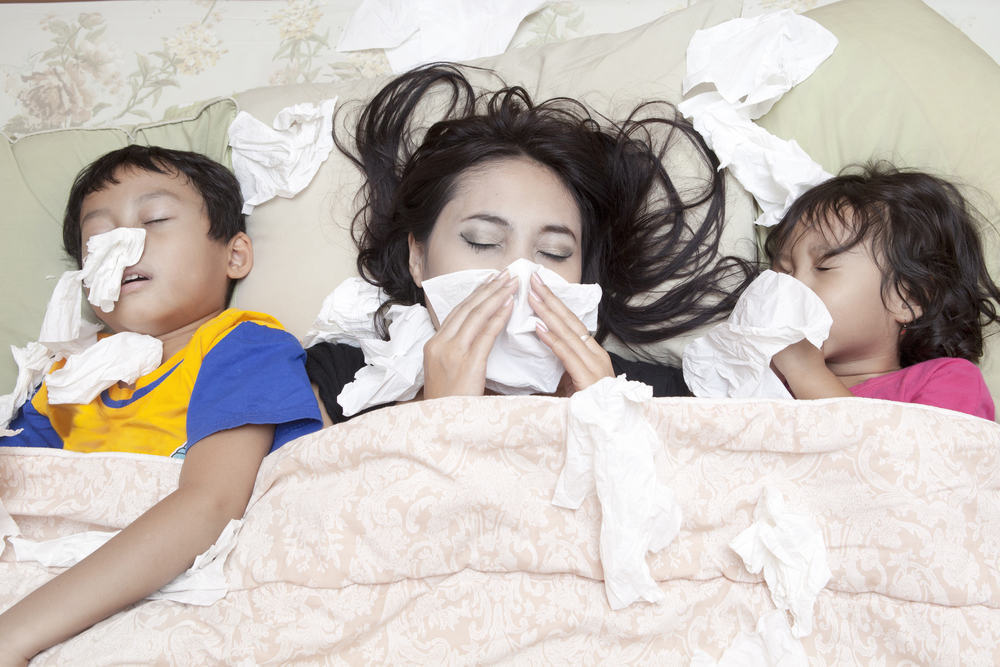Contents:
- Medical Video: Under the Skin - Flesh Eating Bacteria Story
- What are meat-eating bacteria?
- How do these bacteria attack the body?
- What are the symptoms of a meat-eating bacterial infection?
- Who is at risk of getting this disease?
- How do doctors diagnose meat-eating bacterial infections?
- Treatment of meat-eating bacterial infections
- How do you prevent meat-eating bacteria?
Medical Video: Under the Skin - Flesh Eating Bacteria Story
Meat-eating bacteria can cause severe infections that cause amputation or death. Although this case is rare, it is important for you to know the ins and outs of this bacterium in order to avoid infection caused by it.
What are meat-eating bacteria?
Meat-eating bacteria is a term for several types of bacteria that can cause necrotizing fasciitis. Necrotizing fasciitis is a severe bacterial infection that can spread rapidly and destroy the muscles, skin, and underlying tissue. The term necrotizing itself refers to something that causes the death of body tissue.
The most common type of bacteria that causes this infection is group A Streptococcus. This group of bacteria can cause skin infections and rare and severe diseases including syndromes. toxic shock. However, there are still other bacteria that can cause necrotizing fasciitis, namely:
- Aeromonas hydrophila
- Clostridium
- Escherichia coli (E. coli)
- Klebsiella
- Staphylococcus aureus
How do these bacteria attack the body?
These bacteria can enter the body after you experience an operation or injury. In addition, they can also enter the body through:
- Wounds on the skin
- Insect bites
- Blisters
- Surgical wound
Even in some cases, it is not known how the initial infection attacked the body. Suddenly the infection quickly spreads and destroys muscle, skin, and fat tissue.
What are the symptoms of a meat-eating bacterial infection?
When you are infected with meat-eating bacteria, which is the beginning of necrotizing fasciitis, you usually experience some initial symptoms that will occur in the first 24 hours after infection, namely:
- Unbearable pain in small cuts, abrasions, or other exposed skin areas.
- Redness and warmth around the wound, although these symptoms can begin in other areas of the body.
- There are blisters or black spots around the infected skin.
- Fever.
- The body feels hot and cold.
- Feeling tired.
- Gag.
- Dizzy.
- Excessive thirst due to dehydration.
Other symptoms that usually occur around the site of infection three to four days after infection, namely:
- The presence of swelling is accompanied by a purplish rash.
- There is a violet colored mark on the skin that turns into a blister filled with foul-smelling liquid.
- There are discoloration, exfoliation, and splinters when tissue death occurs in the area.
The critical symptoms that often occur within four to five days after infection, includes:
- Severe blood pressure reduction.
- Loss of consciousness.
If you experience initial symptoms as mentioned above after experiencing a wound, immediately see a doctor for further examination.
Who is at risk of getting this disease?
Most people are at great risk of having this bacterial infection if they have serious health problems that can reduce the body's ability to fight infections such as people with diabetes, cancer, kidney disease and other chronic health conditions that can weaken the body's immune system. In addition, there are several other types of people who are at risk, namely:
- People who consume alcohol and heavy drugs.
- Parents
- Malnourished people
- People with obesity
- People who have just undergone surgery
- Patients with peripheral vascular disease
How do doctors diagnose meat-eating bacterial infections?
The doctor will do several tests to diagnose this condition. The most common way to do this is to do a biopsy. Biopsy is done by taking a small sample of infected skin tissue to be examined.
Then, a blood test can also be done to show whether your muscle has been damaged or not. CT Scan and MRI are also possible to strengthen the diagnosis that has been made.
Treatment of meat-eating bacterial infections
Patients infected with meat-eating bacteria will undergo several types of treatment. The stages depend on the level of infection when treatment is started. The types of treatment carried out include:
- Antibiotic infusion.
- Surgery to remove damaged or dead tissue to avoid the spread of infection.
- Giving medicine to raise blood pressure.
- Blood transfusion.
- Amputate the affected part of the body if needed.
- Providing hyperbaric oxygen therapy to maintain healthy tissue.
- Monitor the heart and breathing apparatus.
- Immunoglobulin infusion to support the body's ability to fight infection.
How do you prevent meat-eating bacteria?
According to Centers for Disease Control and Prevention (CDC), the best way to prevent meat-eating bacterial infections is to ensure that you treat the wound properly. Here are ways you can do to prevent meat-eating bacterial infections, namely:
- Do not delay giving first aid to the wound even if it is a minor injury such as blisters and scratches.
- For small cuts, clean the wound and cover with a dry and clean bandage until healed.
- If you have large and deep wounds, go to the doctor to ask for medical treatment. Usually the doctor will give antibiotics to prevent the spread of bacteria through the skin layer.
- Avoid playing and spending time in swimming pools, hot tubs and other water sources such as lakes, rivers if you have open sores or skin infections.
- Wash your hands after doing activities with soap and water or alcohol-based antiseptic liquids.

